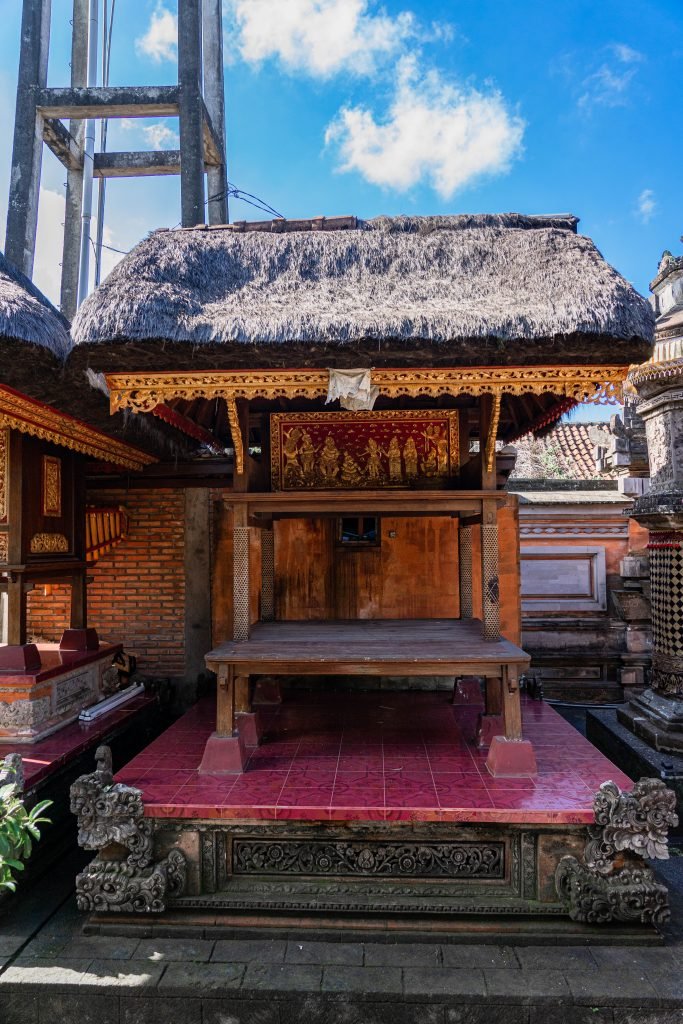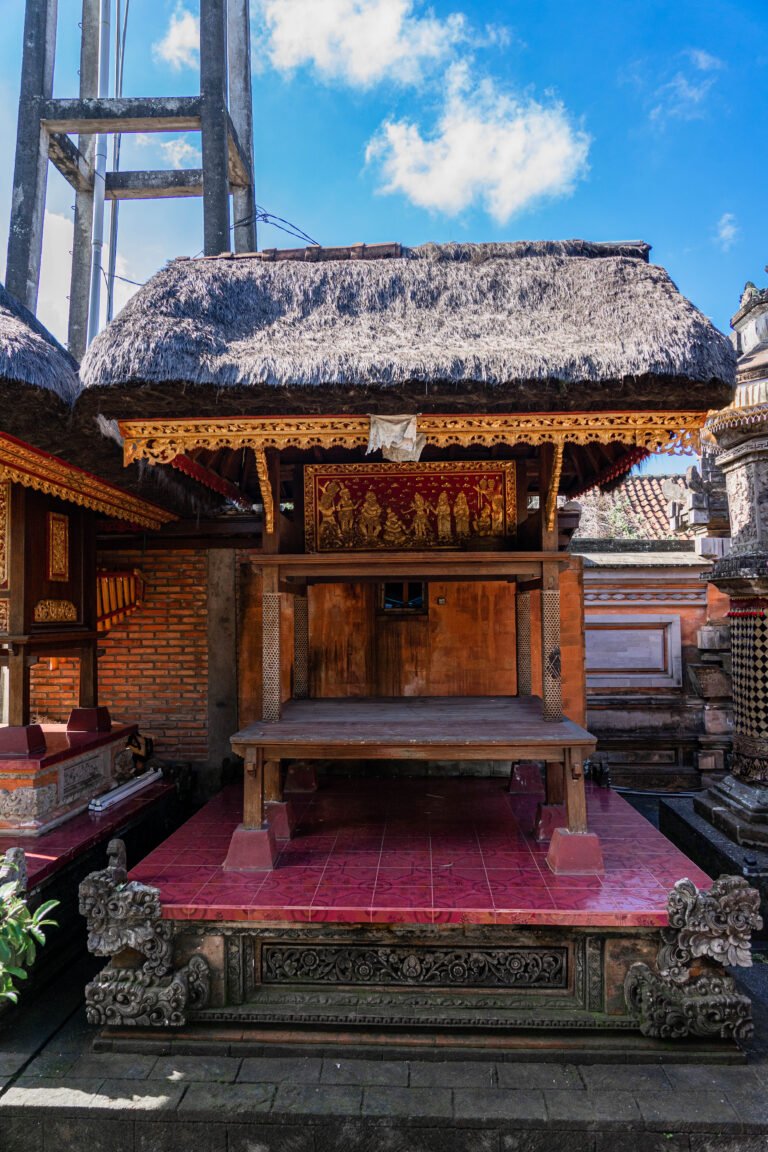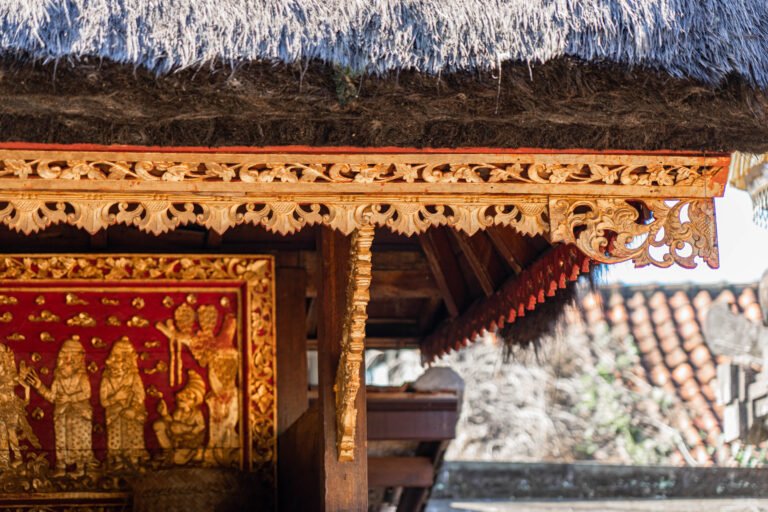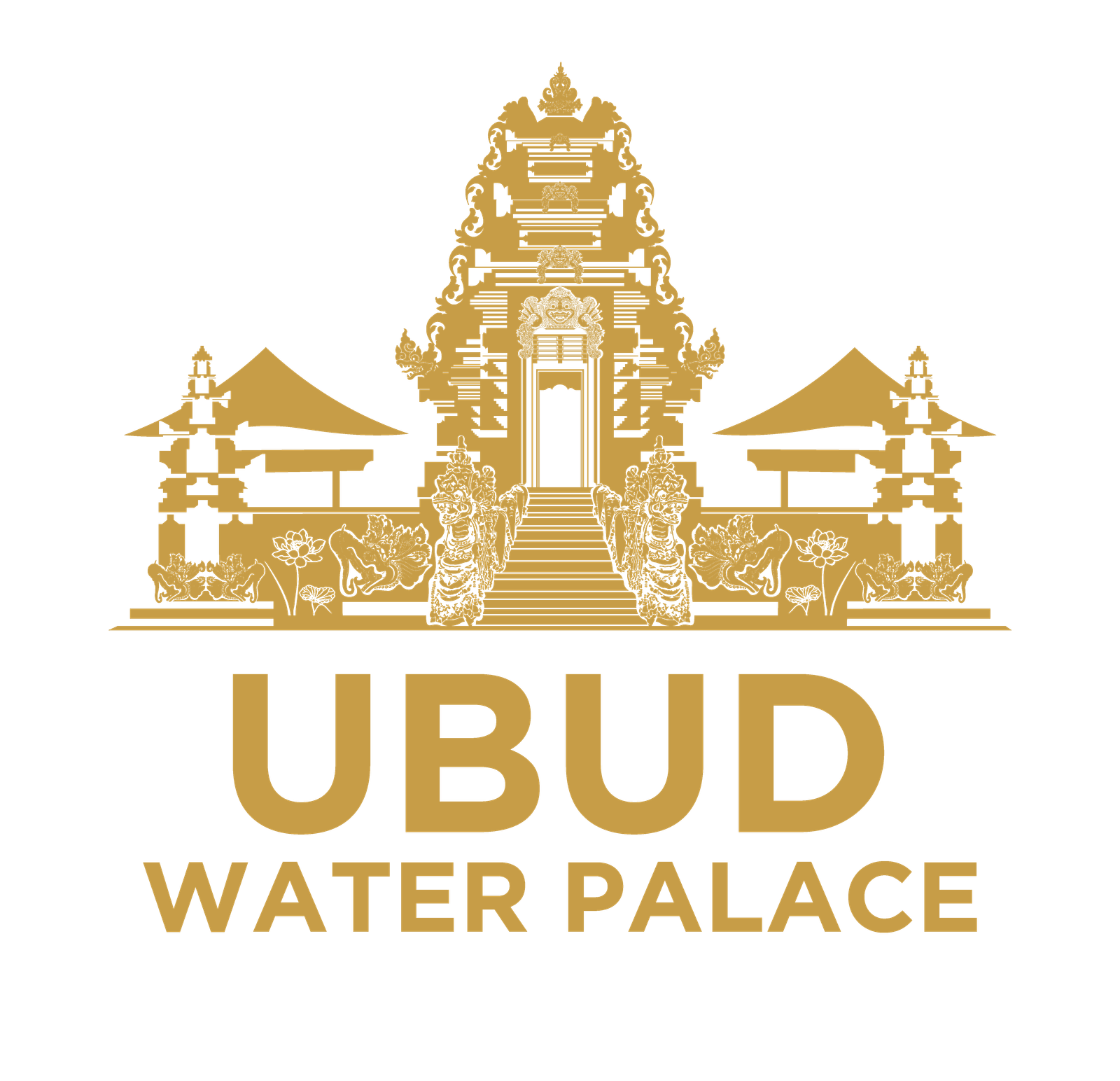On the right or east of the ‘Bale Perantenan’ there is a bale with a size that is not too big. This Bale is called the ‘Bale Penegtegan (lumbung/Barn)’. ‘Bale Penegtegan’ is the Sthana for Bhatari Sri, the goddess of well-being or prosperity. When Piodalan is held on a fairly large scale, this Bale will be used as a place for ‘negtenang’ and ‘nyangling’ rice or other purposes used to make all the equipment for the Piodalan ceremony.
‘Negtegang’ rice is a ritual or ceremony to offer prayers and ask for blessing from Bhatari Sri so that the Piodalan ceremony to be carried out goes well and smoothly, and does not lack anything. The ‘Negtegang’ ceremony also aims to clean the ceremonial tools or infrastructure that will be used to make ‘bebantenan’ (offerings).
This one ritual has the main ingredient of rice, rice is celebrated as a symbol of readiness to dp ‘yadnya’ (performing sacrifices sincerely), in the sense that until the deadline for the completion of the religious ceremony, it is expected and believed that there will not be a shortage of food and clothing, especially all the completeness of the religious ceremony that will be offered must be purified when the ‘negtegang’ ceremony is held. Ideally, during the ‘negtegang’ ceremony, a sacred place should be made which is often called ‘Lumbung Ayu’. In the ‘Lumbung Ayu’, several types of ceremonial materials were placed, such as rice, brown rice, sticky rice, injin (black sticky rice), and beans. Other facilities such as oil, sugar, coffee, palm sugar, flour, seasonings, leaves, firewood, etc., are to be cleaned or purified so that later they can be used as ceremonial materials. In this temple, ‘Bale penegtegan’ is also often used as ‘Lumbung Ayu’ when large-scale Piodalan is held.
After the ‘Negtegang’ ritual, the ‘Nyangling’ ritual will usually be carried out, which in essence shows the readiness of all Hindus to carry out all the series of ceremonies that have been scheduled up to the end of the ‘yadnya’ event (Piodalan).




